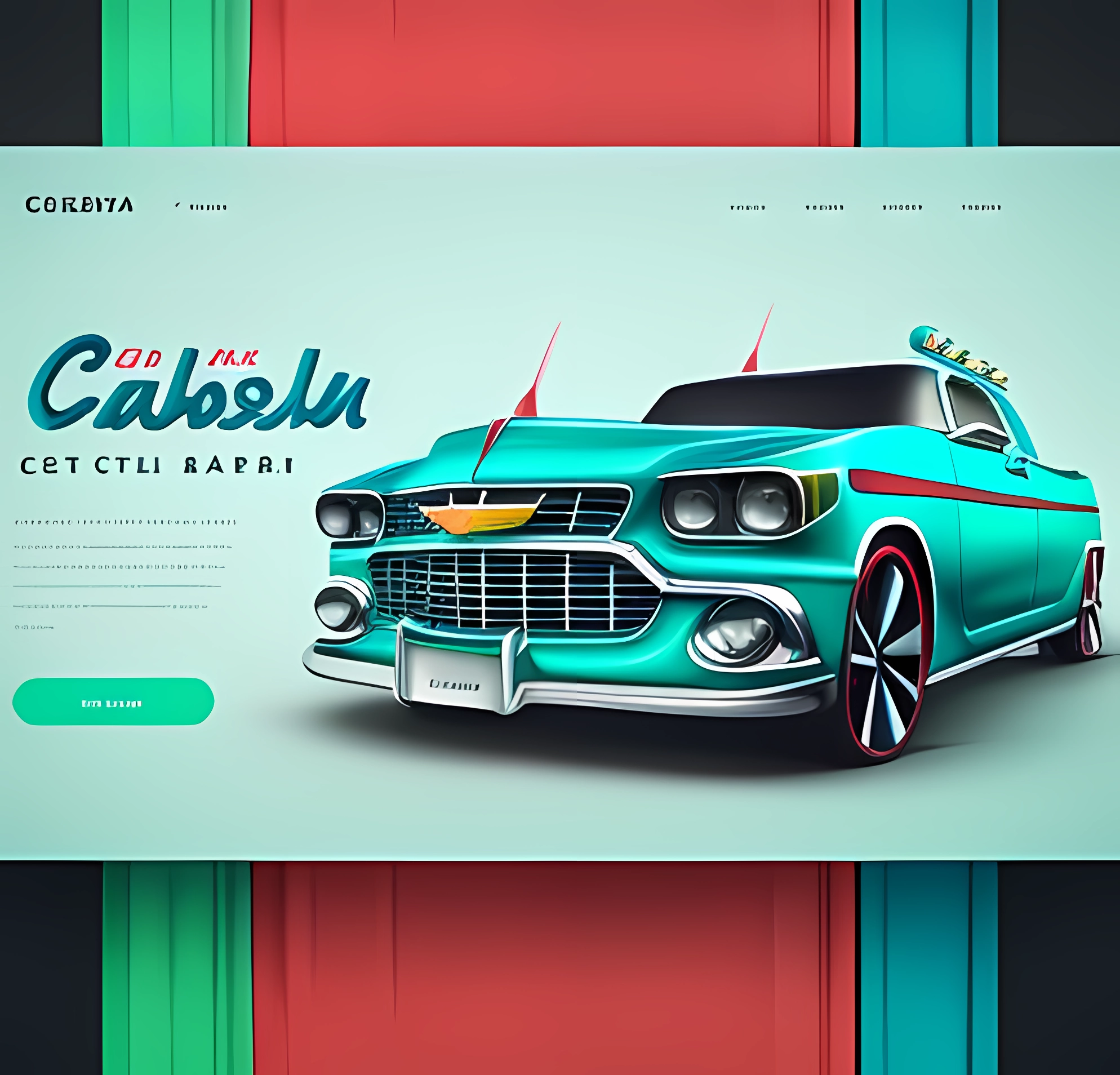When people talk about good websites, they usually focus on design, speed, SEO, or content. All valid topics — but there's something foundational that’s often overlooked:
The quality of the code.
Specifically, W3C-valid code.
It might not sound exciting, but it directly affects everything from how a search engine sees your site, to how a person with a screen reader experiences your content, to how future-proof and stable your site actually is.
Whether you’re building a blog, an e-commerce store, a nonprofit homepage, or an enterprise-level app, bad code breaks things. Good code builds trust.
So let’s break down why valid HTML and CSS (W3C-compliant) is the silent hero of successful websites — and why ignoring it could silently sabotage everything you’re working to achieve.
Frequently Asked Questions
No, it’s not a direct ranking factor. But invalid code can break crawlability and indexing, which does impact SEO in real, measurable ways.
- Errors are violations of HTML/CSS standards that can break functionality or accessibility.
- Warnings are potential issues or suggestions that might affect compatibility or performance.
Not necessarily. But the fewer errors, the better. Some frameworks or third-party tools might inject unavoidable issues, but your baseline code should be clean.
Looking fine ≠ working fine. Issues may affect bots, mobile devices, or assistive tools even if you don’t notice them visually.
Yes. Developers write the code, but designers depend on it for layout consistency and accessibility. Everyone benefits from clean code.
- HTML/CSS linters
- IDEs like VS Code with validation plugins
- Frameworks with built-in linting (like Next.js, Vue, etc.)
- Browser dev tools



Comments
Log in to add a comment.